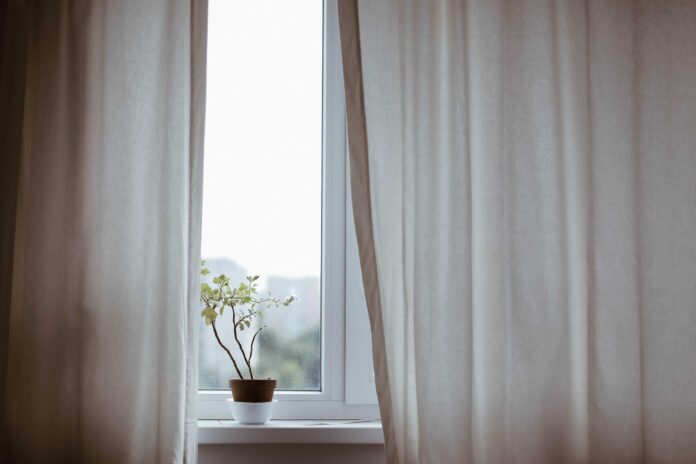Hotel interior design is of vital importance for creating a positive experience for your guests, planners, their attendees, your staff, and anyone else who steps foot into your property. The hotel’s design represents the audience you’d like to attract, communicates your brand promise, highlights all of the amenities you offer, and much more.
But hotel interior design is about more than sleek lines and expensive furniture. So, we put together this guide, which includes 10 expert tips and industry-leading examples from properties around the world and frequently asked questions about interior design as a whole. So, keep reading to learn about the importance of hotel interior design and how even the smallest changes at your property can make a big difference.
Why Hotel Interior Design Matters
Competition in the hospitality industry is fierce, and bland hotels struggle to connect with audiences looking for more targeted options. Whether guests realize it or not, they choose properties that match their aesthetics, aspirations, and views on what a hotel should be. Your hotel needs to convey a lot with its interior design. A well-designed space can:
- Target the types of guests you want to see again and again
- Highlight the features and amenities of your hotel
- Help you stand out from the competition
- Inspire planners to book events at your property
- Win recognition from your local community
- Convey your brand promise
What Are The 7 Elements Of Interior Design?
The seven widely-recognized elements of interior design are:
COLOR. As mentioned above, the colors used in a hotel play a significant role in how people feel when spending time there.
SPACE. This includes the overall size of the designed area and the intersection between positive (furnished) and negative (empty) space.
TEXTURE. Texture adds depth and intrigue and can completely transform a space if used correctly. It’s present everywhere, from walls and curtains to chairs and pillows.
PATTERN. Similar to texture, patterns can make or break the overall vibe of a room.
LINES. Lines tell people where to look and add a sense of direction to a space. They’re broken down into horizontal, vertical, and dynamic and include everything from tables and chairs to windows and staircases.
LIGHT. Like color, light — natural or human-made — helps set a mood and provides guests with a transition from morning to day to night.
FORM. Perhaps the most general of all the interior design elements, form refers to the overall shape of space and its objects.
What App Can I Use For Interior Design?
There are tons of apps and resources to help hoteliers and homeowners alike put their interior design skills to the test. Some of the most popular include Houzz, RoomScan Pro, Color911, and Insplosion, to name a few. Additionally, software solutions such as Cvent Event Diagramming allow you to create photo-realistic 3D renderings of your space down to the last detail.








